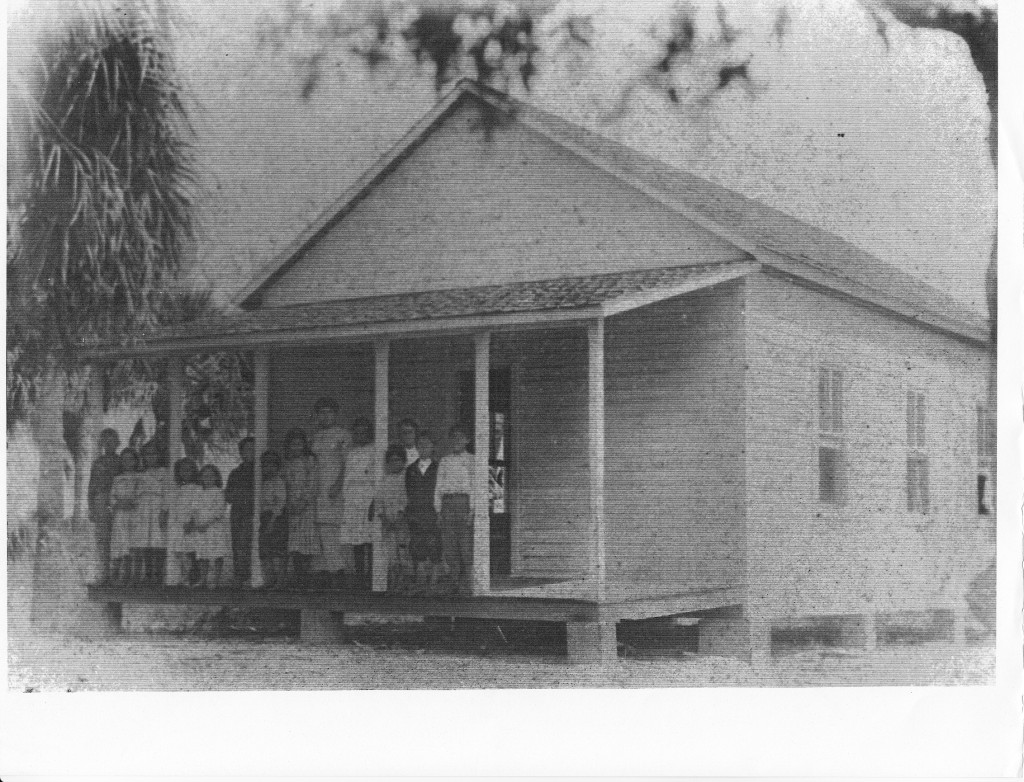In the 1870’s, Tervio Padilla, a wealthy merchant from the Canary Islands, came to Key West and established trade with natives and “ranchos” that extended northward to Charlotte Harbor. His ships often made port at Cayo Costa at the entrance to the harbor. Enchanted by the tropical island, he eventually decided to settle there. Padilla prospered until the outbreak of the Spanish-American War when his was fleet burned and scuttled. He then turned to another means of livelihood – fishing. When the government claimed his land he was disinclined to set up another ranch so moved with his wife further down the island and as before, simply squatted.
Wildlife abounds with numerous bird species including the rare white pelican. A few surviving wild hogs roam the island. Loggerhead turtles crawl ashore to lay eggs.
Spanish for “key by the coast”, most of the island’s 2,500 acres became a State park in 1959, and is now named Cayo Costa Island State Park.
La Costa had a post office from 1891 until 1895. They also had one from 1911 to 1919 after the name of the island changed to Cayo Costa. Most likely these were in individual homes.
Picture of children at the Cayo Costa school house.

Credit Museum of the Islands
The passenger ferry “Echo” that Ellick Rush purchased in 1912 and used as a ferry between Boca Grande and La Costa Islands to show land to prospective buyers.
This Chapter Surrounding Islands
Next Page 1930 Cayo Costa Census
Next Chapter Pine Island 20s/30s/40s
Home Page